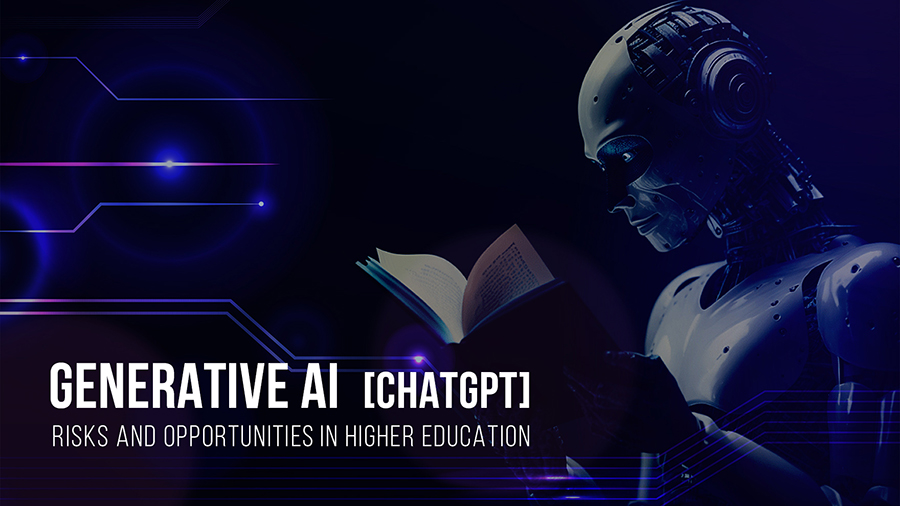Generative AI is a disruptive technology that has the potential to rapidly change the way we work, learn, and teach. The creators of Generative AI are calling for greater awareness and consensus on the major risks that Gen AI poses.
Because AI technologies evolve quickly, the Peruvian-Canadian Chamber of Commerce aims to encourage conversations about such threats and how to mitigate them to maximize the opportunities it enables for society.
On July 14th, higher education professors, academic staff, and professionals interested in AI, were invited to join our Fireside Chat with two Canadian experts on AI, Education, and Ethics:
Amir Ghazinoori, Ph.D.
Dr. Amir Ghazinoori is a professor of business studies and organizational consultant. Amir teaches strategy, business ethics, and privacy at York University, Seneca Polytechnic, and Centennial College. His teaching and research focus on areas of organizational theory, decision-making, and managerial ideas such as CSR and Sustainability. Amir is an alumnus of the University of New South Wales (Ph.D., management), the University of Nottingham (MBA), Monash University (Commerce), and IAU (Industrial Engineering).
Will Dick
Will has had a front-row seat to the rise of artificial intelligence and machine learning. Working as a data scientist for the past decade and a half, he has had a hand in building hundreds of AI models — models that have helped determine everything from what ads people see to billion-dollar investment decisions to who gets hired and who gets fired. He is currently the President of CVM Data Sciences and is a Professor at Seneca College in Toronto.
Here there are the highlights from our conversation:
- We are beginning a big transformation that will bring risks and unintended consequences.
- As users of AI tools, we must understand how they work and their limitations to avoid being over-optimistic about their intelligence.
- As users, we are responsible for bringing real intelligence to using AI and Generative AI tools.
- In educational institutions, educators need to develop components across all courses and frameworks to teach students how to use these tools correctly. We cannot stop the use of generative AI. Educators need to figure out “how to use it.”
- Legal liabilities are starting to arise because of wrongdoings caused by the indiscriminate use of AI. People using ChatGPT must be clear that they are largely responsible for the content generated using these tools.
- Benchmarks to follow for responsible AI development include Vector Institute Principles for AI Development, Canadian framework for The Artificial Intelligence and Data Act (AIDA), Bill C-27, US Blueprint – AI Bill of Rights, and EU Regulations – Draft.
- ChatGPT is a Generative AI tool (Chat Generative Pre-Trained Transformer) based on a Large Language Model (LLM) that processes natural language.
- ChatGPT uses algorithms and probabilities to predict the next word. Therefore, it produces “hallucinations” – text and sources that are inaccurate or made up based on probabilistic prediction.
- ChatGPT has been trained using text extracted from the internet. Therefore it could produce results containing bias, misinformation, private or copyright information, and other inappropriateness.



![Generative AI [ChatGPT] in High Education](https://perucanadacc.ca/wp-content/themes/mf/assets/img/default-image.jpg)
